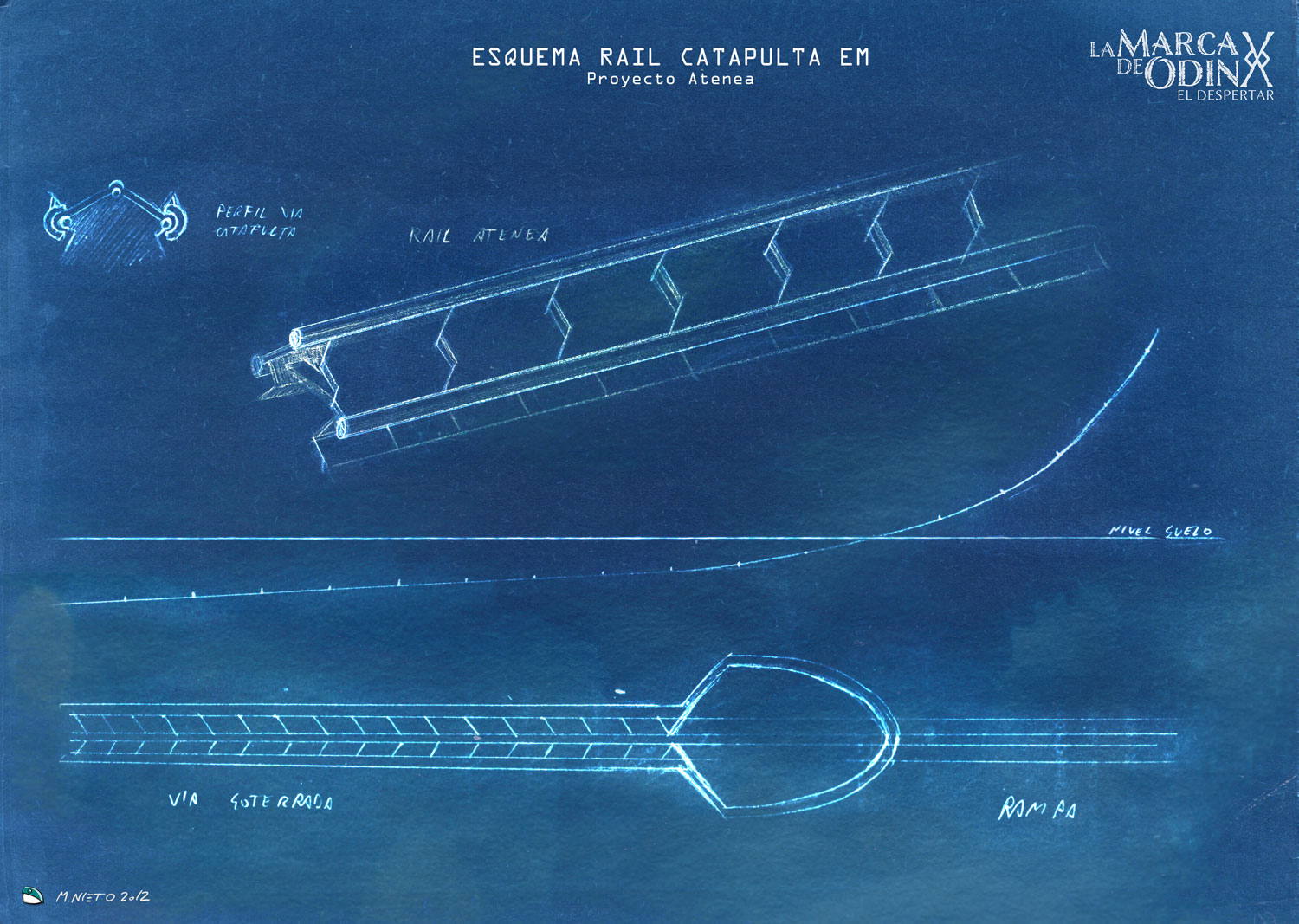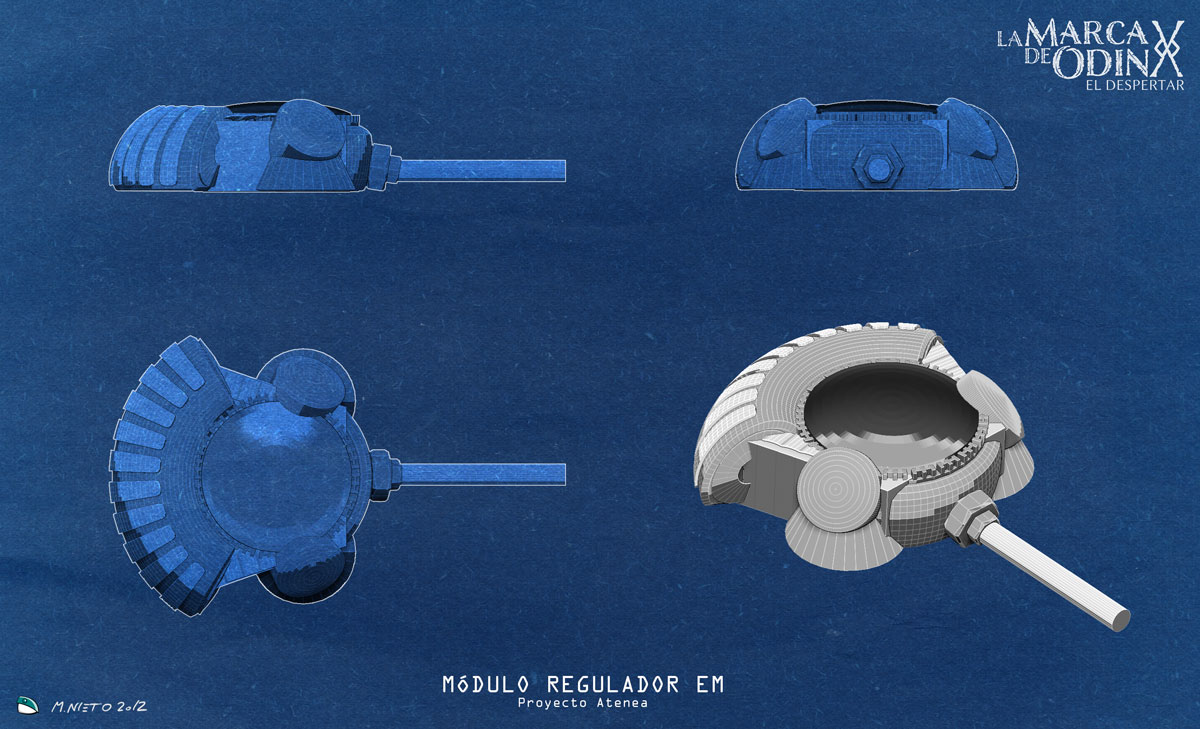For the general public, the electromagnetic catapult has only been a recurring element in science fiction stories since the mid-20th century. The reasons were clear, theoretically it is a very effective system to send ships into space or as a futuristic weapon of great devastating power. Its concept is very simple, it is a long ramp that, using magnetic fields, accelerates the object that passes through it. In practice, various physical and logistical reasons have made it unfeasible for it to be a reality.

Firstly, its construction would involve a work several kilometers long, with a constant inclination, and equipped with the elements that allow the generation of the magnetic field. Its location should be at a high altitude and close to the equator, to minimize the resistance of friction with the air. But perhaps the biggest obstacle of an electromagnetic catapult is its acceleration to thousands of g’s. Which would mean the instant death of any living being and even damage to materials that cannot withstand such strong acceleration.
Despite all this, different companies and governments have invested millions of dollars throughout the last century in pursuit of effective solutions and applications of electromagnetic catapults. It has been the United States, with its Armed Forces Laboratory at the helm, who has led the research work. Mainly with the objective of developing powerful rail weapons, capable of volatilizing a target located thousands of kilometers away in an instant. While there is no proof or graphic document to prove this, there are numerous rumors that there has been success. There is talk of a U.S. frigate. Navy that already equips a first prototype of a rail weapon. There has been much speculation about the possibility of achieving a safe application of this technology in the aerospace field. In recent years, many scientific works have been published on the matter, seeking solutions that make its use by living beings possible.

Among all of them, there was an anonymous publication in 2004, titled ‘Atenea System’, which ventured a new conception of the electromagnetic catapult, which would require a much shorter length than the theoretical one and which would be capable of modulating the electromagnetic acceleration of the objects that circulate through it. The document predicted the development of a type of modules in charge of “controlling” the acceleration in a stable way. Something physically impossible.
The scientific community questioned this new approach, calling it impossible madness, which denied physical laws. The controversy was great, between scientists who believed that it could be feasible and those who saw it only as science fiction. Among the first, the Spanish physicist and engineer Jordi Bellvitge stood out, one of the greatest experts in electromagnetic fields in the world.
RUMORS
In 2010, Jordi Bellvitge announced his participation in the Hermes project, within the European Aerospace Center. This news caused a stir among the scientific community as it triggered rumors about the nature of the new generation of space shuttles by the United States and the European Union.
In recent months the rumor mill has become increasingly stronger in some private circles of scientists. The possibility that an attempt is being made to put into practice the approaches proposed in the ‘Atenea System’ is becoming more and more possible, no matter how impossible they may seem.

The question is in the air, has a safe and functional way been found to modulate the acceleration of a body within an electromagnetic field to achieve an escape velocity?

